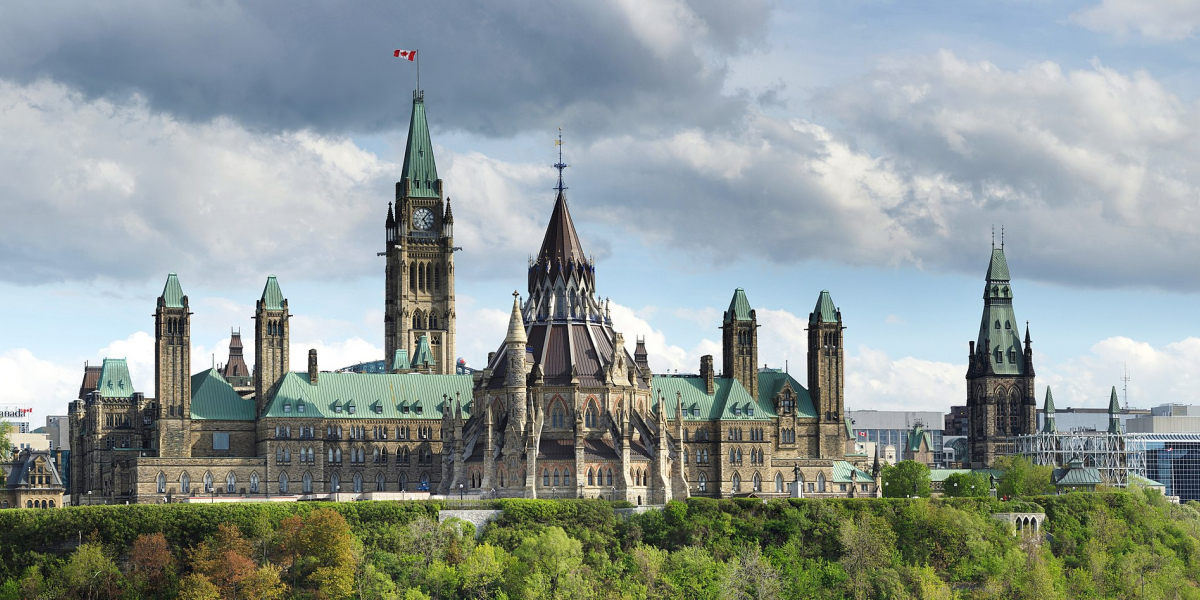
March 19, 2019
By Mike Moffatt
The closest thing to the Super Bowl for policy wonks is Budget Day, where hundreds of analysts are locked in a room, without internet access, to pore over a hefty 460-page document. While Budget 2019, which the government has titled “Investing in the Middle Class”, will likely be remembered as a “Skills Budget” or “Pharmacare Budget”, there are a number of new initiatives promoting clean economic growth. These include:
Although it does not yet directly impact clean innovation, there are a number of new regulatory initiatives worth watching. Following on the announcement in the Fall Economic Statement, the budget states the establishment of an External Advisory Committee on Regulatory Competitiveness will be coming shortly. This committee will “bring together business leaders, academics and consumer representatives from across the country, to help identify opportunities to streamline regulations and for novel regulatory approaches as well as to advise the Government on other sectors for consideration in the next round of regulatory reviews.”
As well, Budget 2019 introduces “Regulatory Roadmaps” for Canadian Food Inspection Agency, Health Canada and Transport Canada. The purpose of these roadmaps is to “modernize regulatory frameworks, without compromising our strong health, safety, and environmental protections. They contain proposals for legislative and regulatory amendments as well as novel regulatory approaches to accommodate emerging technologies, including the use of regulatory sandboxes and pilot projects…” The budget allocates $67.8 million over five years for these roadmaps. Should the Regulatory Roadmap initiative prove successful, expect to see it expanded to environmental files.
This is a good start, but clean economic growth needs to be a major focus of our country’s budgets and associated policies, so that Canadians can enjoy a thriving economy and environment.